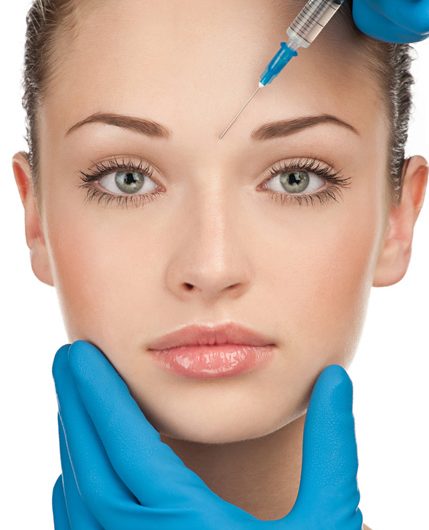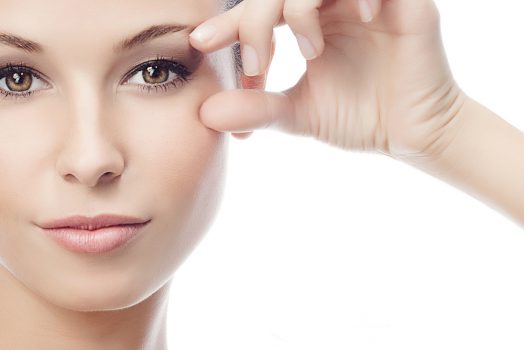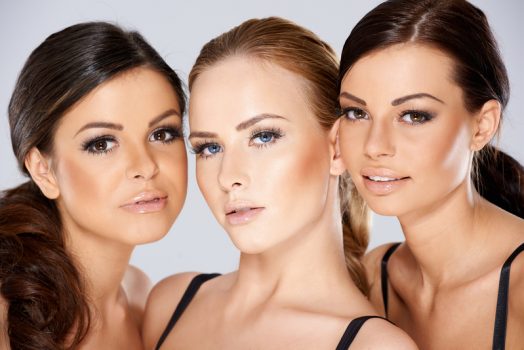Hyaluronic acid (HA) products are the most commonly used dermal fillers in Canada. There are currently over 30 dermal fillers containing HA licensed for sale in Canada.
There are four basic materials used in dermal fillers: autologous fat injections, collagen products, hyaluronic acid products and injections of a carrier material containing microspheres of another biocompatible material (e.g., polymethylmethacrylate or PMMA for short). Be sure to talk to your health care provider when deciding what the most appropriate options are for your situation.
The effects of HA dermal fillers can last from six months to a year or more, though they are dependent on factors such as:
- the age of the skin
- the severity of the facial defect or the size of the area requiring corrective measures
- the specific type of cosmetic dermal filler being used
Health Canada Findings
- Health Canada received 32 reports of adverse incidents suspected of being associated with the use of temporary hyaluronic acid dermal fillers.
- The reports included adverse incidents such as pain, edema, nodules, abscesses, as well as one case of lip necrosis and another of partial loss of vision.
- Health care professionals and patients should be aware of these types of adverse incidents.
Many types of dermal fillers are currently marketed in Canada. The types of materials in these injectable products vary from temporary (absorbable) to permanent (nonabsorbable) and from biologic to synthetic compounds. Each type of dermal filler has its own specific properties and longevity, as well as advantages and disadvantages. Some dermal fillers contain lidocaine to reduce pain during injection.
Hyaluronic acid (HA) is a temporary dermal filler. It is produced naturally by the body and is a major component of the extracellular matrix of the dermis. HA contributes to tissue hydrodynamics by creating space for the movement of cells. It binds with water to fill out the skin.HA dermal fillers are generally used for the correction of moderate to severe facial wrinkles and folds by injection into the mid- to deep layers of the dermis.
As of Mar. 15, 2010, over 30 temporary dermal fillers containing HA were licensed for sale in Canada. As of that date, Health Canada had received 32 reports of adverse incidents suspected of being associated with those particular HA dermal fillers. HA dermal fillers mentioned in the case reports were Elevess, Juvéderm, Juvéderm Ultra with Lidocaine, Juvéderm Ultra Plus with Lidocaine, Juvéderm Ultra Plus, Perlane, Restylane, Revanesse, Revanesse Ultra and Teosyal. The reports included adverse incidents such as pain, swelling or edema, nodules, abscesses, presence of pus or infection, skin discoloration or hyperpigmentation, lip necrosis, difficulty talking, swallowing or breathing, and partial loss of vision. The patients were 30 to 75 years old (median 50 years). Fifteen patients were reported to have had the injection of HA dermal filler for the first time. In 7 of the 32 cases, botulinum toxin type A for cosmetic use was also reported to have been used.
Most patients required treatments ranging from abscess drainage to administration of local or systemic drugs such as corticosteroids, antibiotics, antihistamines and anti-inflammatory drugs. In addition, several patients received a local injection of hyaluronidase in order to resolve nodular lesions. Eight patients recovered, and 19 were recovering or had not recovered at the time of reporting (outcome was not reported for 5 patients). Some of the adverse incidents persisted for weeks or months after the injection.
One patient who had received an injection of HA dermal filler (Restylane) into the lips reported gangrene and necrosis of the lips. Another patient experienced partial loss of vision after injection of Juvéderm Ultra with Lidocaine to the tear trough (lower eyelid), Juvéderm Ultra Plus with Lidocaine to the cheek and Juvéderm Ultra Plus to marionette lines (lines that extend from the outer corner of the mouth towards the chin). Botulinum toxin type A was injected into the chin and smoker’s lines (vertical wrinkles above the upper lips) on the same day. A follow-up scan was normal, with no dermal filler detected intra-orbitally; no injury to the optic nerve was observed. The patient had not recovered at the time of reporting. A case of partial loss of vision was previously published.
Adverse incidents such as pain, swelling or edema, nodules, induration, abscesses, granuloma and skin discoloration are generally labelled in the instructions for use for various HA dermal fillers. These instructions contain warnings or contraindications with regard to injection into blood vessels. The glabella, the area between the eyebrows, is the injection site commonly believed to be at increased risk of skin necrosis.This can be attributed to an interruption of vascular supply owing to compression or obstruction of blood vessels by direct injection into a vessel.
HA dermal fillers are the most popular temporary fillers, and their use is growing. They are considered to provide an effective, noninvasive and nonsurgical alternative for the correction of soft-tissue defects of the face. The health care professional who injects dermal fillers must have proper training in their use and be aware of the types of adverse incidents that can occur, as well as contraindications.
Source: Health Canada




